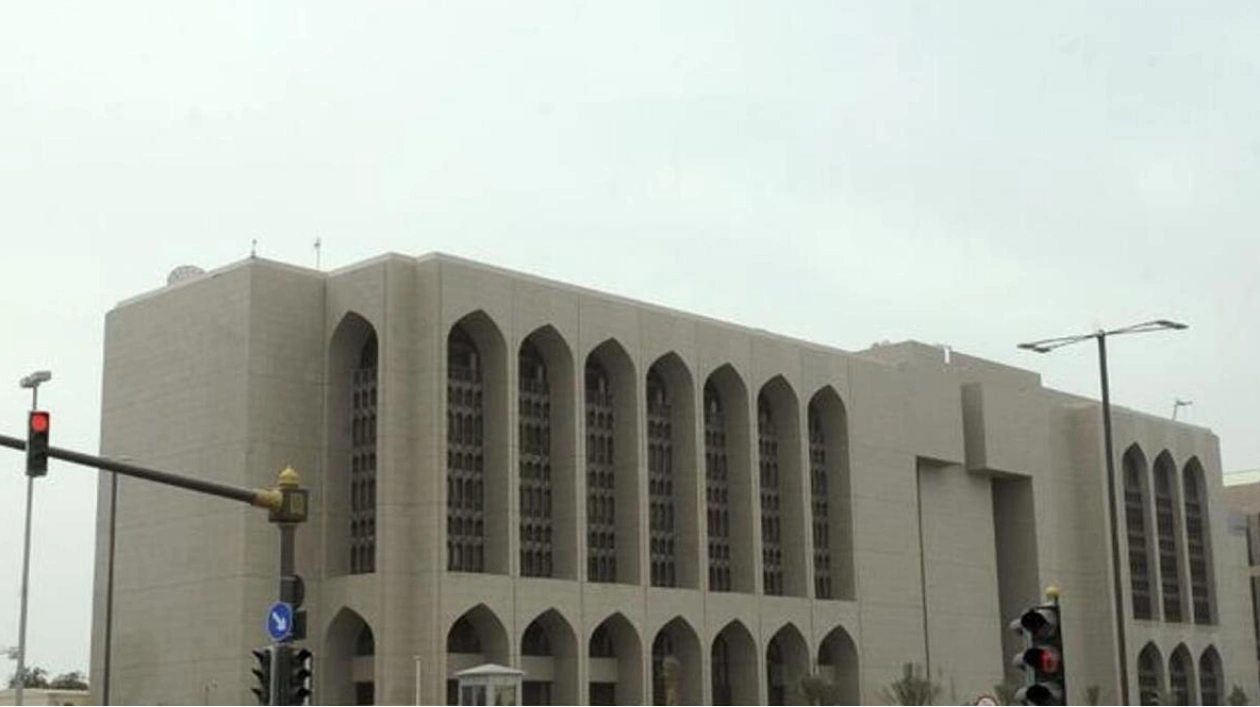The profitability of the UAE banking sector increased by 9.3 percent in the first quarter, reaching Dh20.8 billion. This growth was attributed to reduced impairment charges and a rise in operating income. Non-core income and lower operational costs also contributed to this positive trend, as stated by Alvarez & Marsal in its UAE Banking Pulse report.
Asad Ahmed, A&M managing director and head of Middle East financial services, pointed out that the top 10 UAE banks achieved profitability through enhanced cost efficiencies, decreased provisions, and increased non-operating income. He highlighted the sector's ongoing resilience amid a stable benchmark interest rate, indicating that the Central Bank of the UAE has continued to tie its benchmark rate to the US fed, maintaining the bank rate at 5.4 percent.
The report considered banks such as First Abu Dhabi Bank, Emirates NBD, Abu Dhabi Commercial Bank, Dubai Islamic Bank, Mashreq Bank, Abu Dhabi Islamic Bank, Commercial Bank of Dubai, National Bank of Fujairah, National Bank of Ras Al Khaimah, and Sharjah Islamic Bank. According to the Central Bank of the UAE, the country's banking sector is poised for further growth in 2024, with total bank assets surging by 11 percent year-on-year to a record Dh4.1 trillion in 2023.
Analysts at Fitch Ratings forecast that the UAE banking sector's growth will be driven by robust credit demand from non-oil sectors and comprehensive economic diversification programs. The A&M report noted a marginal 1.1 percent decline in the UAE banking sector's net interest income compared to Q4 of 2023, yet non-core income saw a substantial 18.9 percent increase, supporting a 4.8 percent rise in total operating income.
Additionally, the report highlighted a 3.4 percent growth in the banking sector's loans and advances, reaching their highest level post-Covid-19. Impairment charges dropped by 47.9 percent quarter-on-quarter, while deposit mobilization surpassed credit demand with a 5.1 percent increase. The loan-to-deposit ratio decreased by 1.2 percent to 73.8 percent.
The aggregate net interest margin of the 10 banks declined to 2.7 percent, with the yield on credit decreasing to 12.2 percent and the cost of funds decreasing to 4.4 percent. The sector's cost-to-income ratio rose by 3.6 percent to 27.9 percent in the quarter, but remained within its average range following a surge to 31.5 percent in Q4 of 2023. Notably, the top 10 banks reported improved cost efficiency without any deterioration.
Moreover, over 50 percent of banks recorded a decline in the cost of risk, which improved by 39bps to settle at 0.4 percent. Furthermore, total impairments saw a 47.9 percent decrease to Dh2.0 billion.






